REDECON CONSOLES VS OFFICE FURNITURE

Mission-critical. Time-sensitive. High pressure.
Control room operators typically make hundreds of decisions daily, and these decisions could be downright nerve-wracking.
Often, life and death decisions are being made by such operators. Thus, their focus and attention cannot be disrupted.
As such, productivity, quality and safety are no longer just options. It’s a necessity.

Generally, a control room console is one of the most essential elements in a mission-critical work environment. It functions as an essential support system for controlling and monitoring various critical operations within a defined environment.
Hence, when it comes to deciding between consoles and office furniture, are there any differences between the two?
The answer is… Yes, there are many significant differences between the two.
Let us share with you the top 5 key differences which will help you discover why your investment in mission-critical environment furniture is vital.
1. Consoles Are Purpose-built Products
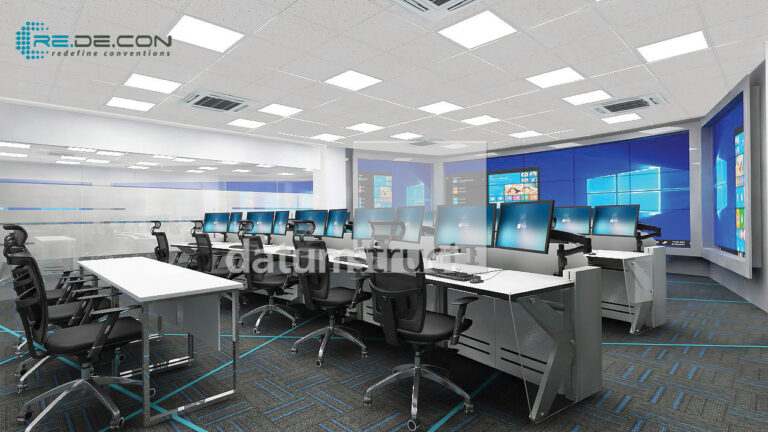
Consoles are uniquely designed specifically for 24/7 mission-critical environments.
They are constructed in such a way where they can withstand your day-to-day operations that include various shift changes, managing upset scenarios and complying with various technological requirements.
The shape and size of the console are usually driven by many factors, such as the sit/stand requirement, layout and size of the room, sightline requirement, number of operators and monitors, type of equipment, technology and so on.
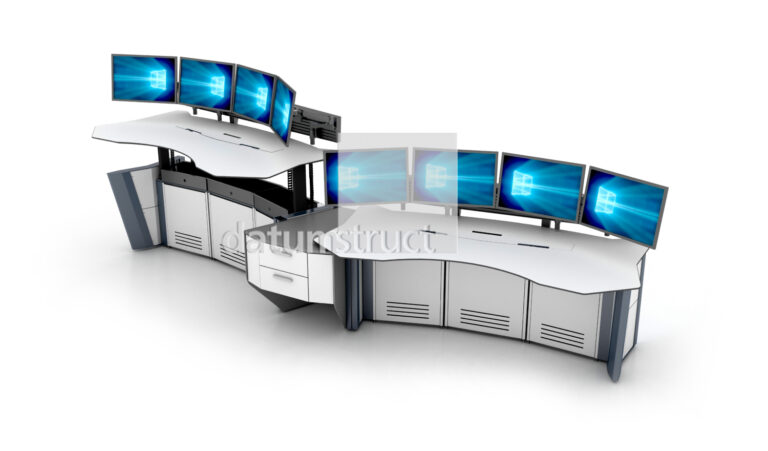
2. Consoles Are Designed with Human Factor and Ergonomics Consideration
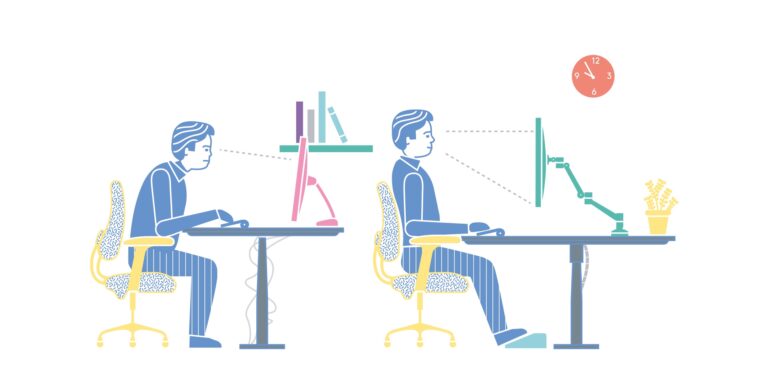
The increasing emergence of new technologies and ergonomic standards has increased public awareness of workplace health issues.
By providing a sit/stand office desk, a comfortable chair and an articulating keyboard does not completely solve the ergonomic office issues. This is because a control room environment is very much different from a standard office workspace.
As control room operators typically work round the clock, the consoles are also required to withstand and adapt to such critical working environments.
Thus, consoles can be defined as technical furniture that is designed and manufactured in strict compliance with human factors and ergonomics considerations.
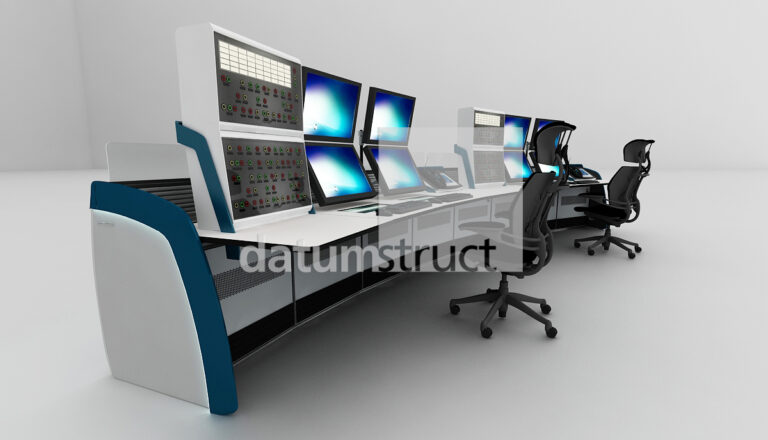
Besides, operators usually have a primary, secondary and even a tertiary screen for visibility requirements. Thus, required sightlines and distance between them and a common video wall are also important ergonomic factors to be considered while designing the console.
Not only that, other ergonomic factors such as proper lighting, seating arrangement, flooring, heating or cooling system, acoustic and audiovisual are essential elements for console and control room design.
3. Consoles Are Rock Solid, Durable Products
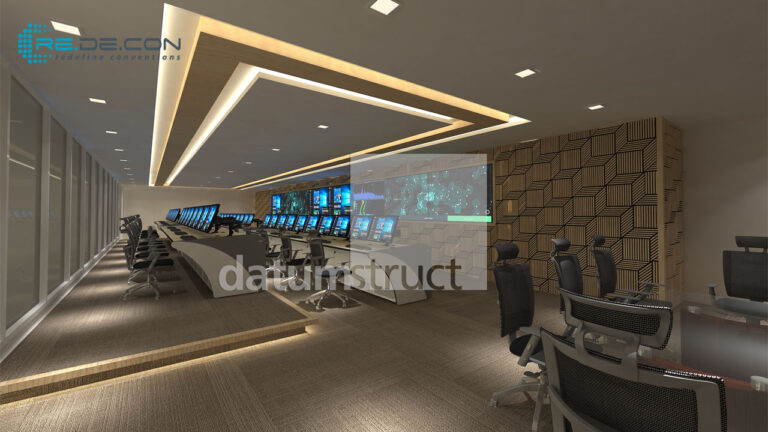
A mission-critical monitoring environment demands 24/7 products with a long lifespan since control room operators are generally rough with the furniture that they use.
As a result, consoles are required to withstand the test of time in their environment, and they should be replaced once every few decades.
There are also some durability features in a console that regular office furniture does not take into consideration, such as thicker work surfaces, using the metal of high strength aluminium in the console substructures, the configuration of Slatwall or slat rail structures to mount a large number of monitors and equipment, PVC edging of the work surfaces, and so on.
4. Consoles Are Built to Accommodate High Equipment Loads & Cables
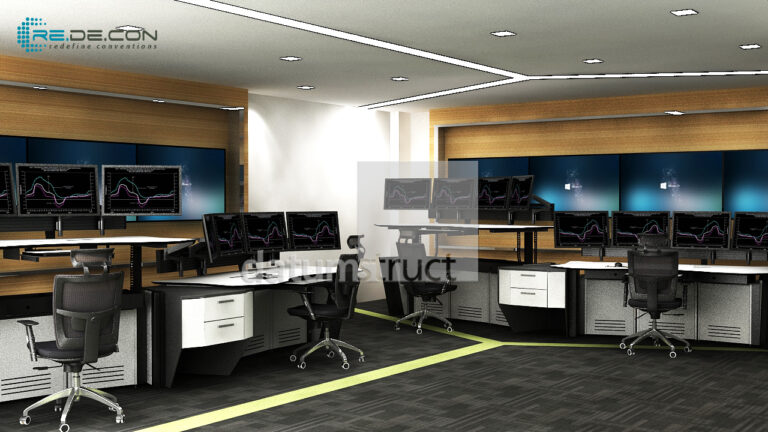
Another important factor in console design is the equipment required to be housed, including multiple screens and CPUs, hard panel pushbuttons, turrets, and more.
Due to a large amount of technology and equipment in and on the console, there is a great need to accommodate the cables for this equipment.
Moreover, the method to accommodate these cables from a variety of locations, e.g., ceiling, wall, raised floor is also important as these consoles need to adapt to any environment.

However, regular office furniture is mainly constructed to be a ‘one size fits all. It is usually built to accommodate a single CPU without any front or rear access for maintenance works.
As control room operators are working in a mission-critical environment, equipment and cables need to be properly housed as it could cause accidental shutdown or interferences during operations.
5. Consoles Can Be Easily Adapted In a Modular Approach
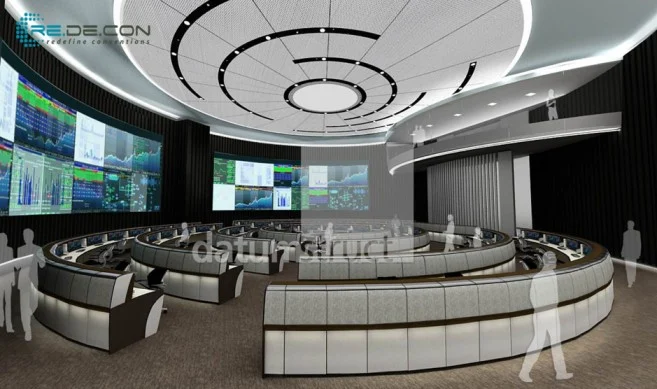
A modular constructed console enables high customization and expandability, covering practically any requirement.
Unlike office furniture, consoles are built with the capability to adapt to any mission-critical environment. Hence, their modular substructures allow the structures to be added or removed easily.
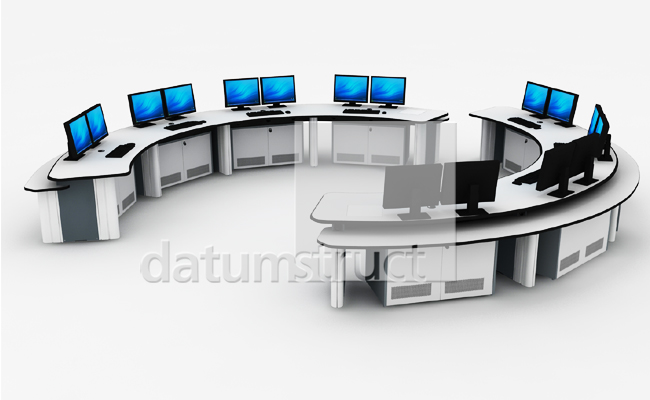
The modular console design also provides the flexibility of creating a single or full-scale, multi-bay operations centre. By installing a Slatwall or slat rail, it would create less hassle if there’s a need to change the monitors due to the changes in business requirements.
It is also vital that the console provides optimal comfort and efficiency to keep operators alert and productive throughout their shift.
Therefore, with the ever-changing technology in control rooms, consoles are uniquely designed to adapt to any technical requirement without having to replace the entire module.
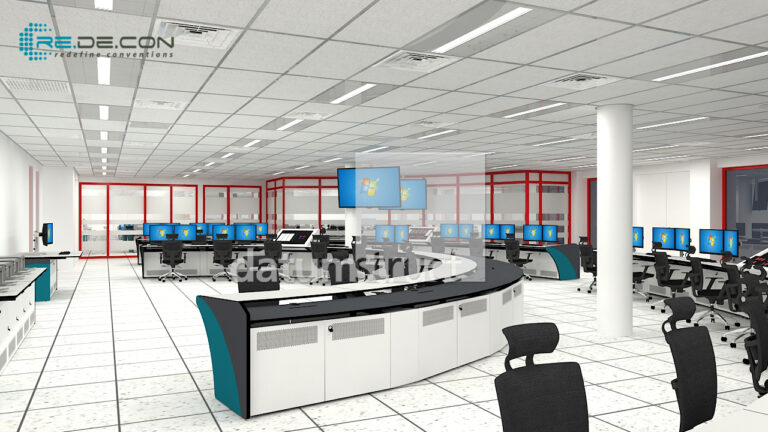
Although it is quite impossible to predict future needs, we can always choose a product that allows us to be as flexible as possible, while achieving cost-effectiveness in a long run and meeting the required ergonomics standard.
PRODUCT
FEATURED CASES
WHAT’S NEW
- Redecon Consoles vs Office Furniture
- What Is the Difference Between an Air Purifier and Air Sanitizer?
- The New Norm In The Control Room During Covid-19 Pandemic
- MIRI Global Certified That Air Halo Portable Air Sanitizer Can Eliminate 99% of Covid-19 Virus
- We're Upgrading!
- REDECON Consoles Featured in Pengerang Integrated Complex (PIC)
©2021 Datumstruct CFS | All Rights Reserved

